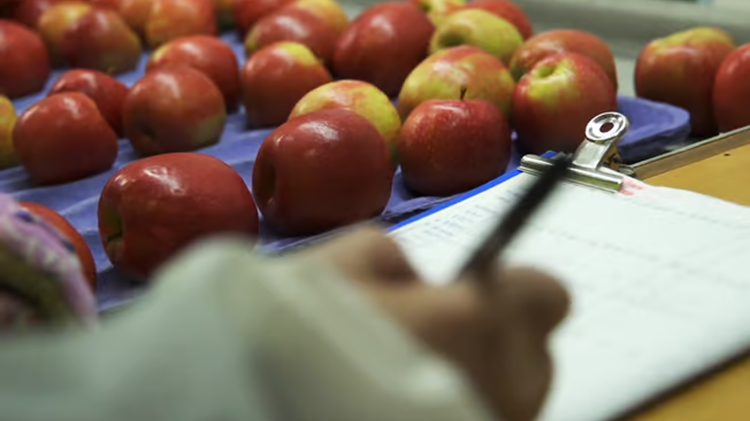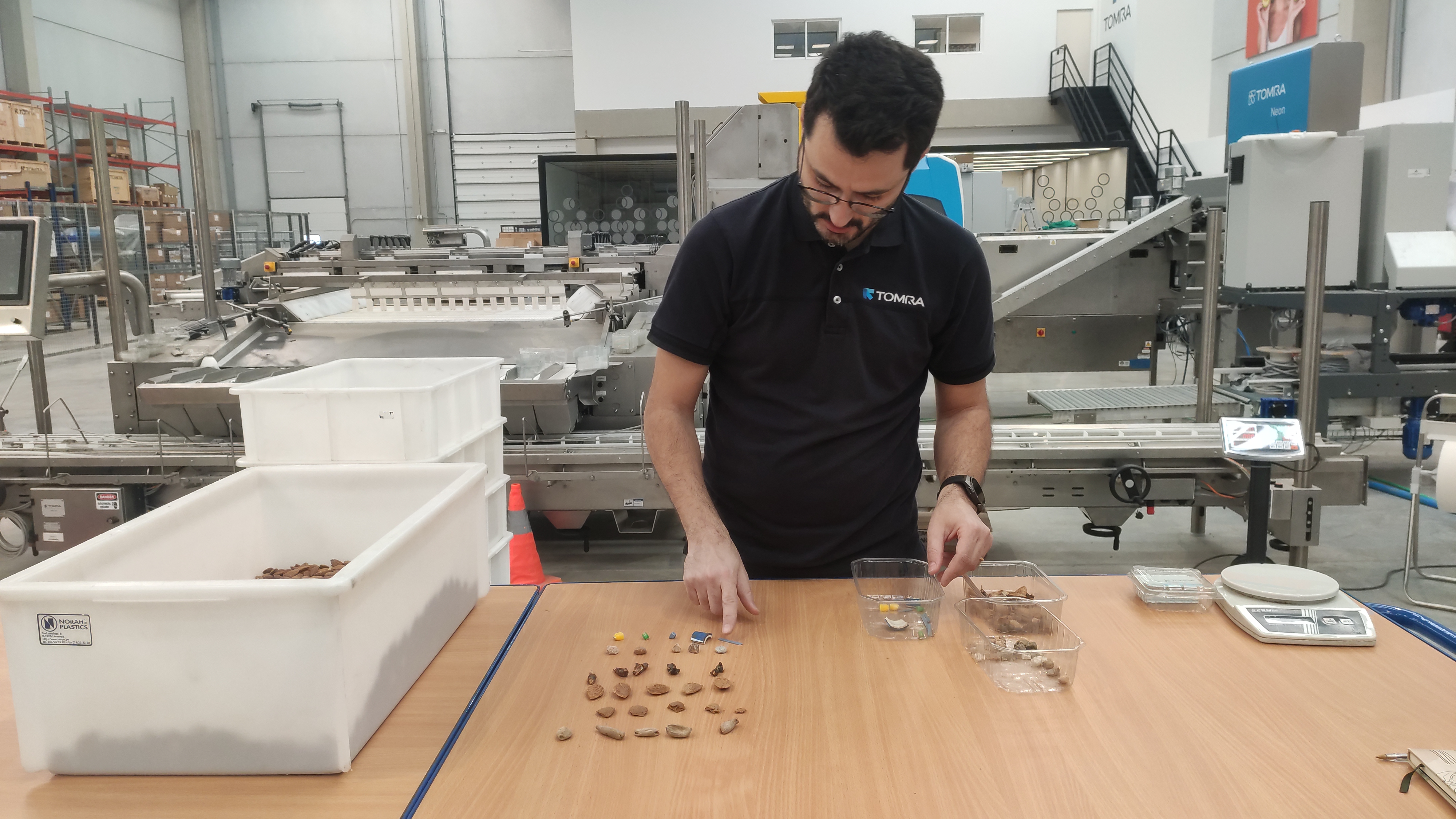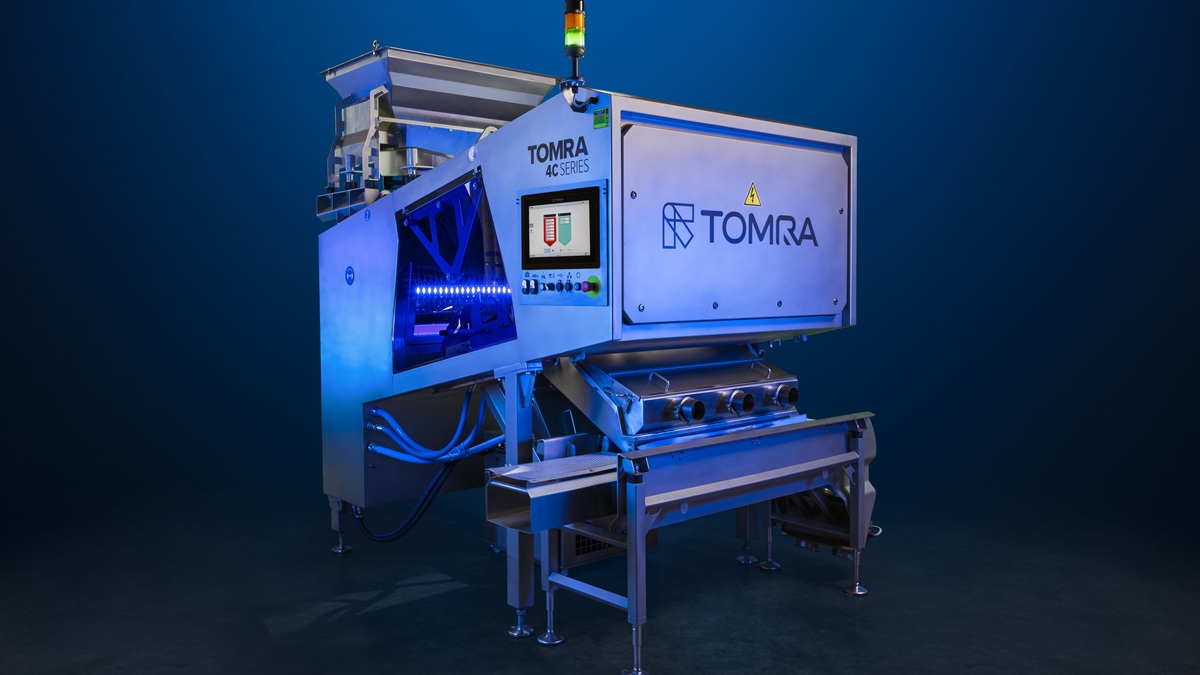Conditioning , Processing
Good news for vegetable processors: consumer tastes and incomes are shifting
Food demand is changing in ways that will bring vegetable processors more business. Retail sales of vegetables, boosted recently by home-cooking during COVID-19 lockdowns, are expected to keep on rising for reasons unrelated to the pandemic. One sales-driver is stronger demand from established markets, where food preferences and diets are shifting. Another sales-driver is increasing demand from emerging markets, where millions more people are starting to earn and consume more.
03 November, 2020
Food demand is changing in ways that will bring vegetable processors more business. Retail sales of vegetables, boosted recently by home-cooking during COVID-19 lockdowns, are expected to keep on rising for reasons unrelated to the pandemic. One sales-driver is stronger demand from established markets, where food preferences and diets are shifting. Another sales-driver is increasing demand from emerging markets, where millions more people are starting to earn and consume more. At the same time that middle-class spending power is strengthening, its also migrating across continents. According to figures published by the European Commission, in 2017, there were 3.5 billion middle-class people in the world, 50% of them in Europe and North America. By 2030 that number will have swollen to 5.3 billion, with 66% living in Asia. Emerging eastern economies are supercharging global middle-class spending, which was worth $37 trillion per year in 2013 and is expected to reach $64 trillion by 2030. More people will be buying more foods, including vegetables and ready-meals containing vegetables. And in much the same way that westerners now regularly consume eastern-style meals, Asians are expected to choose western-style dishes more frequently. Multiculturalism is gradually equalizing global diets. In parallel with this megatrend in the east, consumer trends are changing in the west. Each of these trends might in itself seem modest, but together they add up to something significant. And because market researchers expect these trends to be long-lasting, they can also be expected to affect supply-side food businesses. The most powerful of these trends is the increasing demand for vegetables of all types. Fresh, frozen, or canned, people want more of it, and the COVID-19 pandemic has accelerated this. Because of lockdowns and travel restrictions, many people have been spending more time cooking with vegetables at home, as well as stockpiling canned and frozen veg. There has also been more time to read product labels and find that frozen vegetables can burst with vitamins as fresh vegetables. Because frozen vegetables also have the advantages of being affordable, easy to cook, and conveniently mixed with other ingredients, their newfound popularity is expected to last. Another consequence of COVID-19 is a renewed awareness of the importance of healthy diets. More people than ever now describe themselves as vegetarian or vegan. Theres also a rise in flexitarianism, which bodes well for sales of plant-based foods and meat-substitutes. And the move towards organic foods, once a quirky market niche, is now serious. As vegetables are grown in greater volumes without pesticides or herbicides, processors can expect to see more weeds, vermin, and insects. We will look in more detail at the rising popularity of organic veg and the implications in a future blog. For now, lets take away this: shifts in consumer behavior and wealth will have consequences. Vegetable processors can expect new operational challenges but also new opportunities. Sorting technologies will provide essential solutions unavailable anywhere else and unlock valuable efficiency improvements.
Related news

LUCAi™ revolutionizes apple sorting with contextual Deep Learning
Conditioning, processing
TOMRA Food











